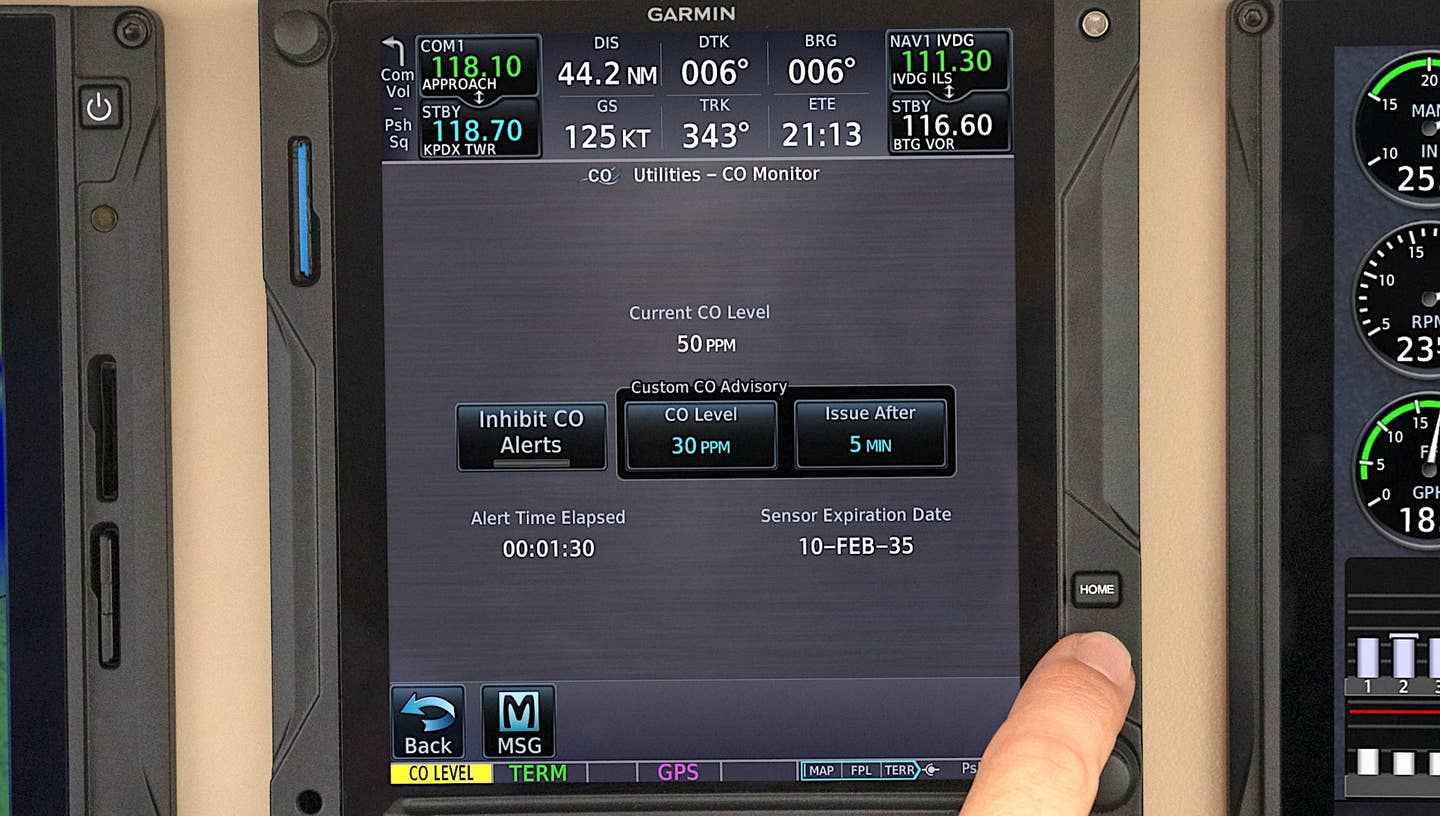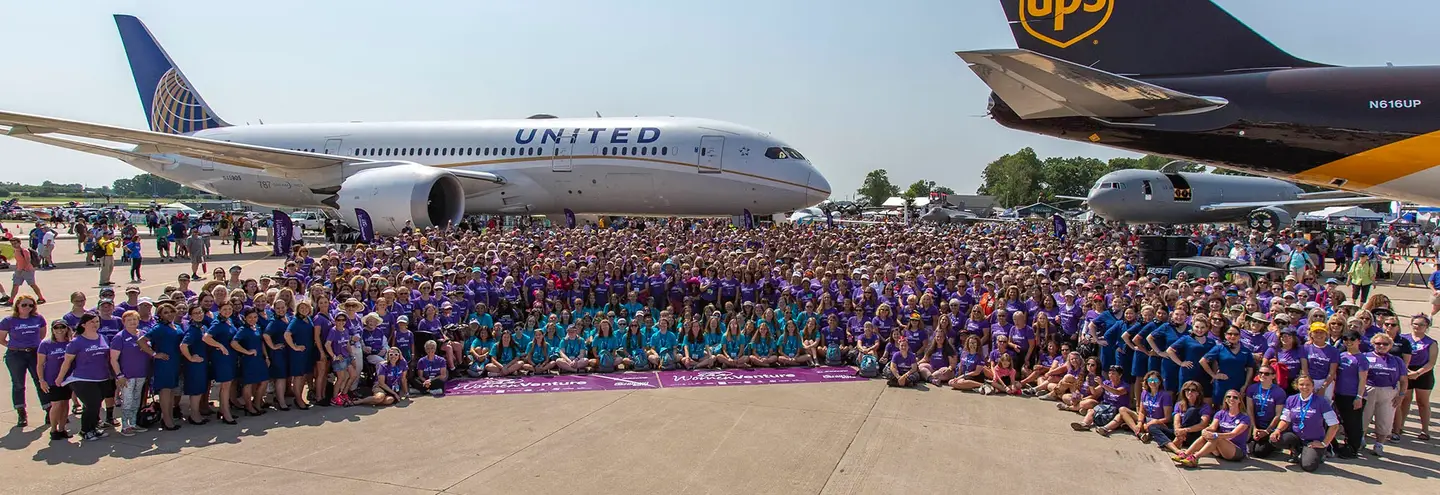Forget 1984, 1994 Was the Bomb
It was the year of the future, avionics wise and otherwise. We just didnt know it. Maybe we still dont.
Earlier this week, Garmin sent out a press release reminding us that during this week 25 years ago, it rolled out the first approach-approved GPS navigator, the GPS 155 TSO. In commemoration of that seminal event, Garmin is giving away free ADS-B installations until the end of the month.
That previous sentence is an utter fabrication that I somehow couldn't resist. After all, April 1 is but 40 days away. You need to get on your toes early this year.
So, yeah, 1994. As general aviation usually advances at the speed of 50-weight oil propelled by a polar vortex, 1994 was more like a geriatric sloth jacked up on a double latte. In case you forgot, that was also the year some little Minnesota company showed a $130,000 airplane at Oshkosh that they claimed was "the future of aviation." Yeah, sure. Who's gonna buy an airplane with a parachute?
So I scoured our archives to see what we said about the GPS 155. Nothing. AVweb didn't exist then, but our sister pub, Aviation Consumer, did. In the very first issue I edited, we said this of the GPS 155: "Almost before anybody was ready for it and certainly before anyone expected it, Garmin hit the market with the first approach-approved GPS receiver."
But in a flash of uncommon prescience that snagged me the job in the first place, I won a tank of gas on a bet over the GPS 155. I wagered soon-to-be AVweb contributor John Deakin that by 1994 or 1995, a "full-featured, TSO'd GPS" would appear. It did. He paid up, too, because he is one of the most gracious men I've ever known.
What I remember about the 155 is how competent it was. It had nothing like the depth—or complexity—of modern navigators, but what it did, it did well. Its operating logic was an evolution of Garmin's very first product, the GPS 100. I still have mine, although it's a brick now. Fun fact: That navigator was originally called the ProNav, which was what the company was also called until it changed the name to Garmin over a brand mark issue.
The 155 gestated pre-LCD/LED so it had the same display most others were using at the time: gas plasma, specifically bluish vacuum-fluorescent. Easy on the eyes, but invisible in direct sunlight. I know this because on a demo flight with Garmin's Dave Brown in the company's 201, he surreptitiously propped his arm on the seatback to throw shade on the display when I turned down sun, a delightfully clumsy attempt which I lacked the politeness not to notice.
Garmin, of course, didn't stand still with the 155. It formed the foundation of an evolving line of navigators that eventually led directly to the G1000 and an entire stable of related EFIS products and subsidiary hardware. It also marked the beginning of the end of vibrant competition in panel-mount avionics.
When the 155 appeared, BendixKing already had the KLN90A out there; the B-model came along with approach capability. They eventually followed with the KLN89B and the KLN94. After that? Not much. Remember Northstar? They practically owned the loran market. You remember loran, right? It could get you within three miles of an airport, five if it was raining, in which case you relied on ADF. Not ADS, ADF. Try to keep up. Northstar inched into GPS tepidly with the M3, but too tepidly. They faded.
Trimble. The TNL2000 won raves for its operating logic. Follow-on products never appeared and soon, neither did the aviation side of the company. But not before two ignominious business misfires, one pairing up with Terra—yeah, I know, you want to forget them—and a Casio-based portable called the GPS Map 110 that was so uniformly horrid that Trimble bought them back from consumers.
Let's see, Narco was still around then and developing the Star*Nav NS9000, which uniquely combined GPS with multi-sensing VOR. You can probably find one on eBay, but the company is long gone. Also gone from aviation are Magellan, Ashtech and Arnav. Magellan amused us all by beating Garmin with a TSO'd IFR GPS, evidently approved by the local FSDO during a meeting at Pizza Hut. The ink didn't stick to the paper, however, nor did Magellan survive Garmin's market onslaught.
You'll recall that Arnav was a pioneer in early glass, with the MFD in the original Cirrus SR20s. A quarter century later, those boxes are too light and too novel to be good boat anchors. Don't forget IIMorrow, aka UPSAT. They made good stuff and Garmin knew it, too. That's why they gobbled up the company.
So why I am taking you down this dark vortex of depressing avionics history? Only to put Garmin's press release in context. Garmin did say, after all, that the GPS 155 TSO was important. They didn't say why.
In retrospect, we didn't know what a competitive bone-in-the-teeth Garmin had. Nor could we ever understand why the other companies—especially BendixKing—could never seem to summon the drive to keep pace. By the time the color GNS 430 arrived in 1998, catching up wasn't the goal. Survival was.






